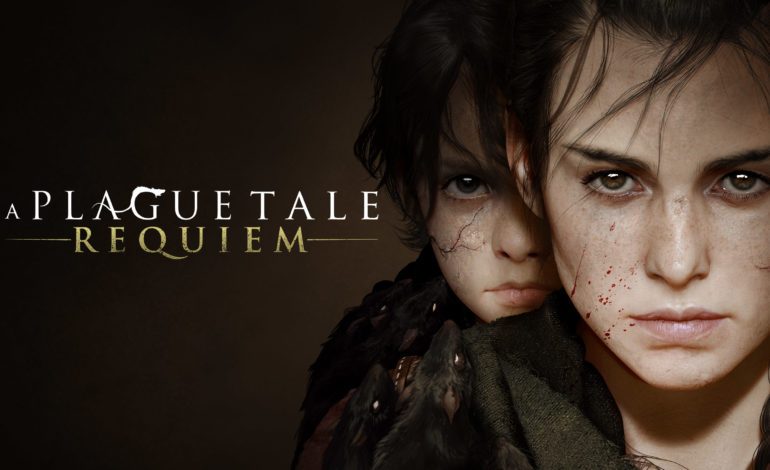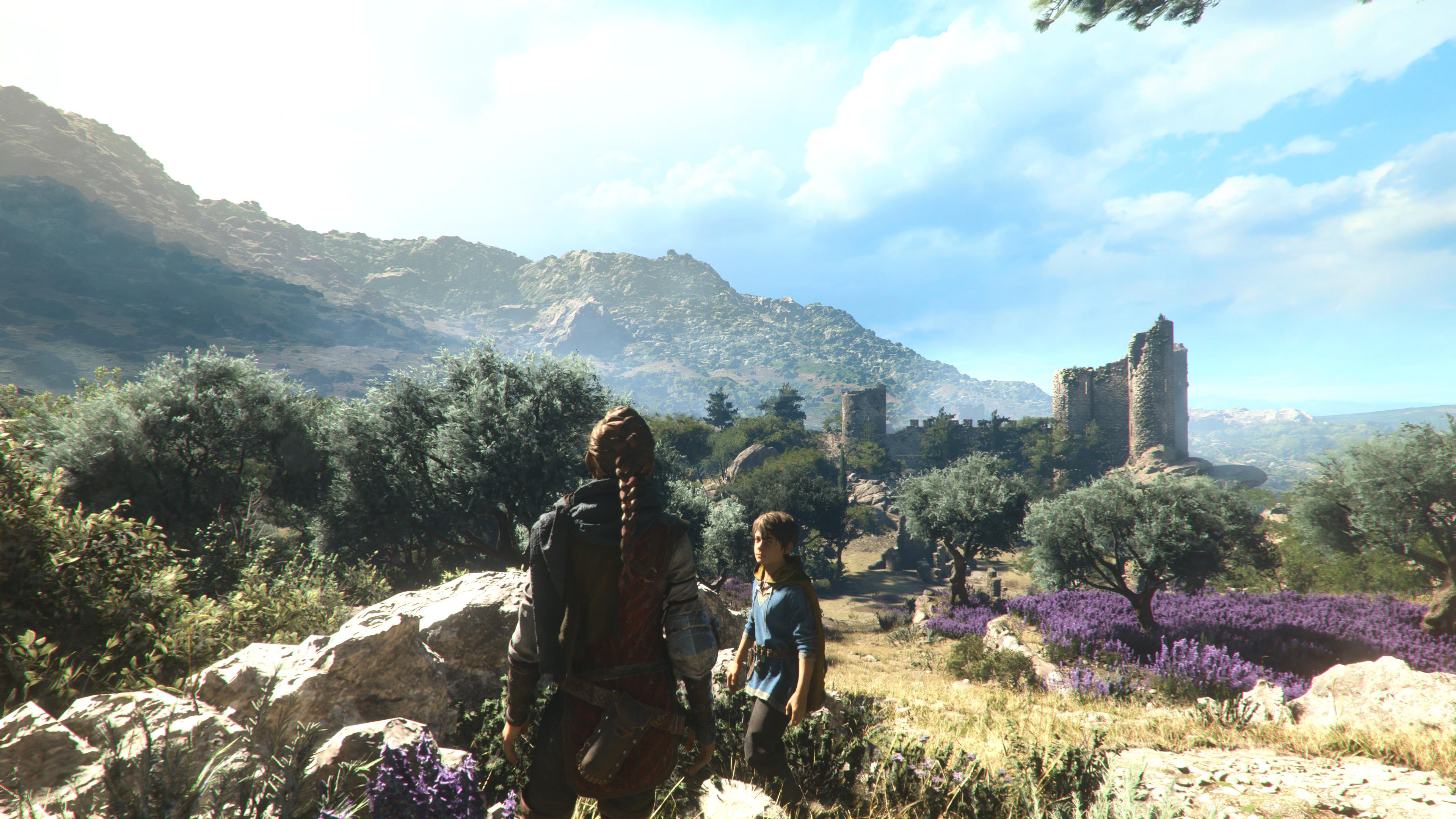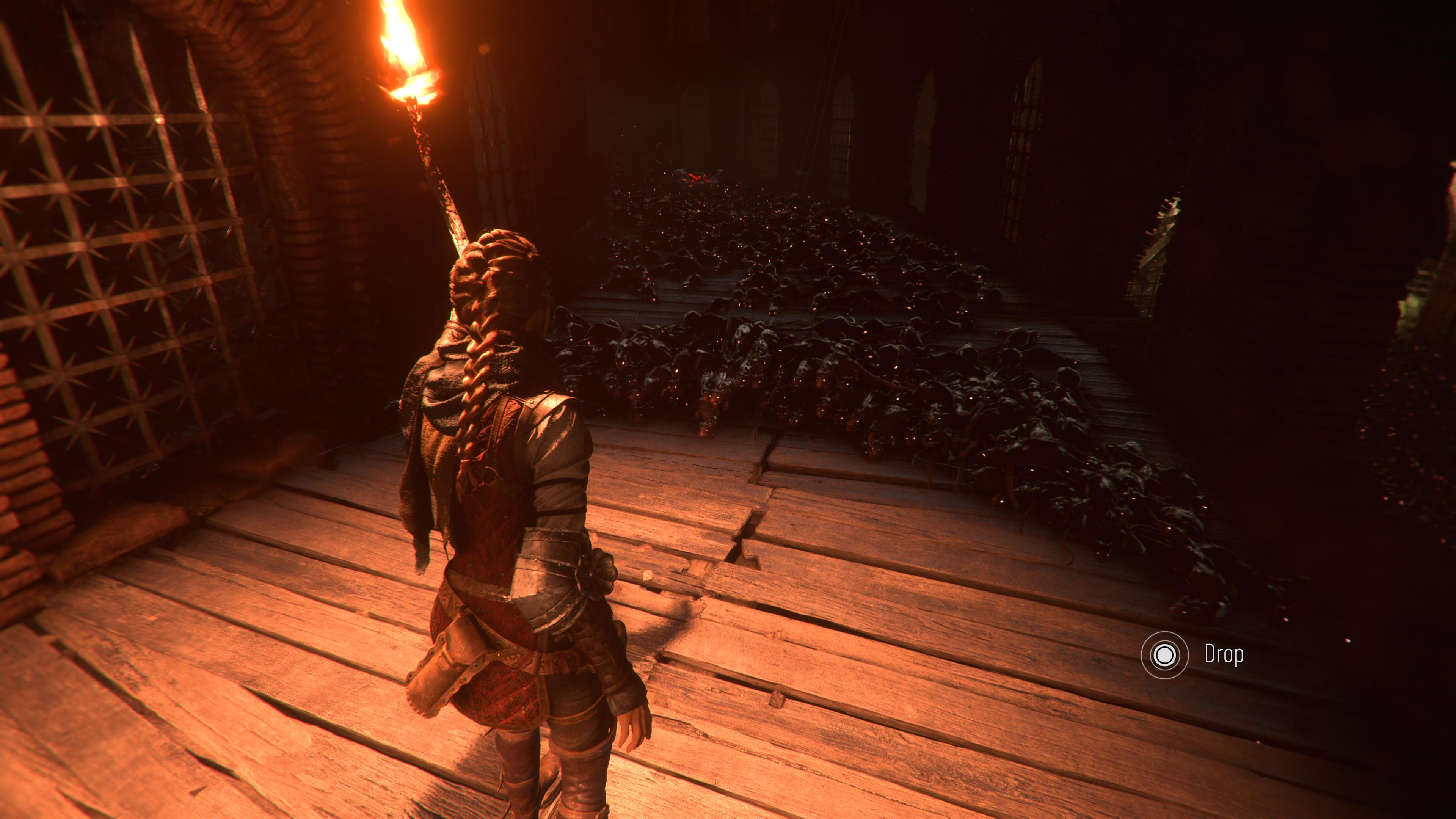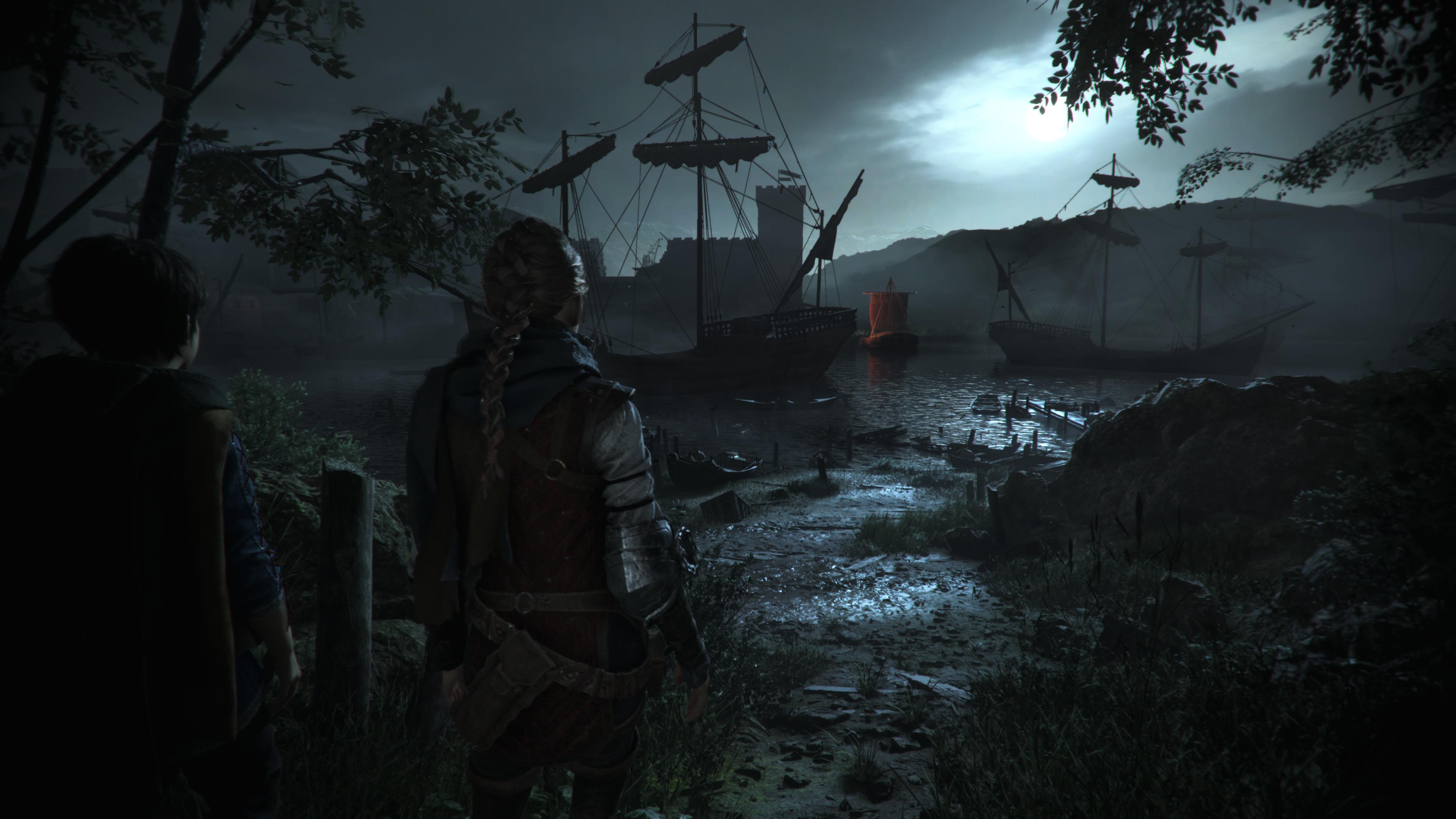

A Plague Tale: Requiem returns players to 14th century France and throws players back into the lives of the de Rune siblings following the events of the first game. Developer Asobo takes aim to expand the scope of the series by making the sequel an even more bombastic yet intense experience. Though it doesn’t always hit that mark, A Plague Tale: Requiem is still an emotional ride throughout.
Picking up just six months after the end of the first game, A Plague Tale: Requiem sees the characters trying to forge a new peaceful life as well as still trying to find a cure for Hugo’s deadly disease. Unfortunately, as most stories go, that peace doesn’t last long and Amicia and Hugo are thrown into another long and excruciating journey full of danger.


As mentioned, Asobo Studio tries to expand the scope of the story for A Plague Tale: Requiem. Unfortunately, the expanded scope of the story doesn’t allow the game to reach the same highs as its predecessor. The story starts off strong with plenty of potential to go in interesting directions with characters and their journeys, but fails to capitalize on the early game potential. The expanded scope does a number on the pacing of the game as well. I ended up spending twice as long to complete this game as compared to the original, and you can really feel that extra length when the story moments aren’t paced the best. By the end of the game, the overall narrative goes a bit off the rails with only Amicia and Hugo’s relationship being the only real emotional constant.
Due to the expanded scope of the story, the characters in A Plague Tale Requiem don’t feel as strong as they do in the first game either. Characters will be introduced and be around then disappear at points in the story just to return for a short period before being gone again. The villains of the game are less interesting and feel like filler when compared to the constant hunt from the Inquisition during the first game. The de Rune siblings are still the strongest characters, but Amicia’s characterization has its issues. Her character starts off in a very interesting place and there are some pretty intense moments early game that she goes through mentally. However, as the game progresses, all that internal strife she deals with just feels forgotten and the moments that happened earlier just feel pointless.


Even with all that, the performances of Amicia and Hugo by Charlotte McBurney and Logan Hannan respectively are still some of the best of the year. While the performances of the characters really stand out, the same can’t be said for the characters’ animations during scenes. Characters’ facial animations are noticeably stiff, thus making the voice work do the heavy lifting to carry the more emotional or poignant moments.
Speaking of animations, the reuse of the same Amica closing a steel door at the end of almost every section of the game. Unfortunately, this makes a lot of the areas feel a bit to samey. This goes for the most of the gameplay as well. The gameplay itself doesn’t differentiate itself too much from the original. The stealth and combat mechanics feel basically the same still. Amicia does have some new alchemy abilities such as tar and a crossbow that helps with combat, but stealth is still the best way to get around, especially since arenas have increased in size, making these additions to Amicia’s arsenal not as strong as they could be.


The skill and upgrade system are handled in a great way. There are three specific skill trees in the game, but, unlike other games where you gain experience points to use to buy skills, A Plague Tale: Requiem bases what skills you get on how you actually play the game. Thus, the more stealthy you are you gain more experience in one tree while if you are more combat focused experience allocates to a different skill tree. Upgrades are simple and only require two specific resources and a work bench. However, there are certain upgrades that alleviate the need for one of the resources for upgrades as well as the ability to upgrade at any time outside of using a work bench.
On console, the game only runs at 30 FPS, but that doesn’t impact the game negatively in any real way. However, the are times where there are noticeable frame drops such as when there are tons of rats in a static area or when there are a plethora of fire effects happening on screen. Outside of that, the game is visually stunning with a wide range of incredible vistas to draw you into the world completely.


Overall, A Plague Tale: Requiem falls a bit short of where it aims it sling. The game tries to take the series to a more bombastic level, but, because of that, it doesn’t allow for the game to actually shine in the same areas that made the original so special.
Score: 8 out of 10
Reviewed on PlayStation 5
Play games, take surveys and take advantage of special offers to help support mxdwn.
Every dollar helps keep the content you love coming every single day.
